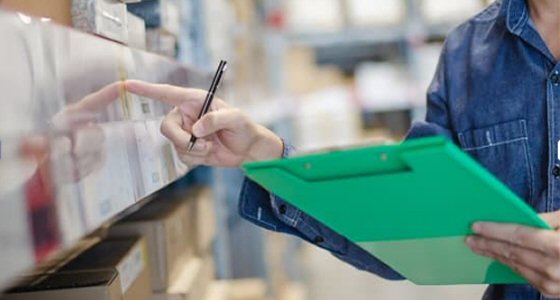What area do you specialise in?
Biological Raw Materials & Biospecimens
We are one of the largest suppliers of Human Serum and Plasma in the United Kingdom and Europe.
Clinical
Products for Microbiology, Haematology, Serology, Immunology, Histopathology & Cellular Pathology.
Contract Manufacturing
Our skills, processes and procedures make us the ideal contract manufacturing partner of in vitro diagnostics kits and kit components.
Food, Beverage & Industrial
Selectrol® micro-organisms endorsed by the UKHSA Culture Collections, Compact Dry chromogenic media plates and other microbiological reagents.
Pharmaceutical
High quality suppliers of Fetal and Donor Bovine serum for cell culture, plus our range of Microbiological Quality Control products.
Water & Environmental
Europe's leading supplier of Cryptosporidium and Giardia related products.






















